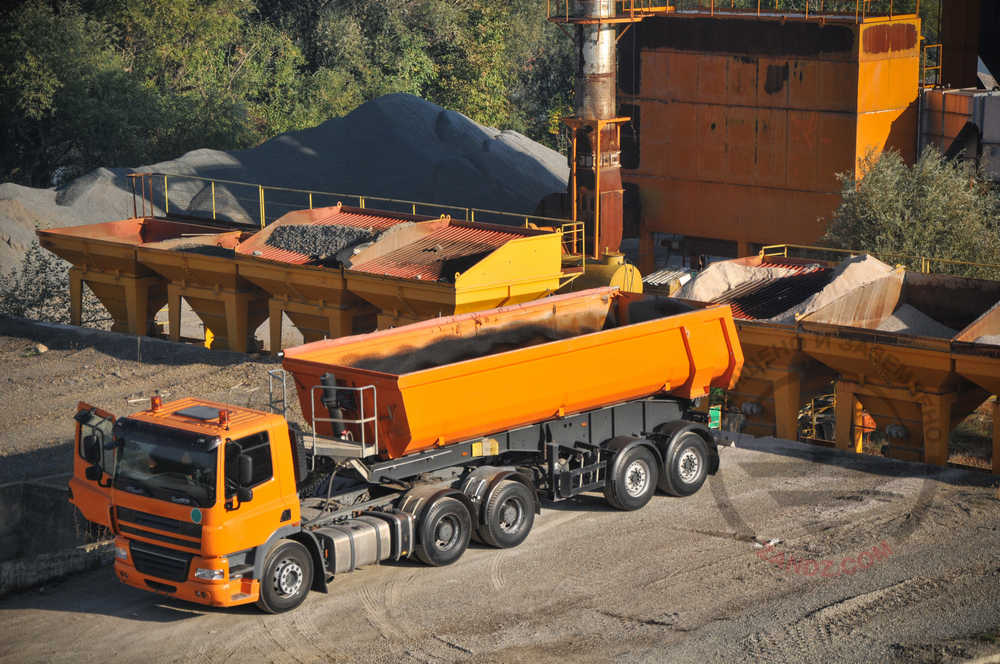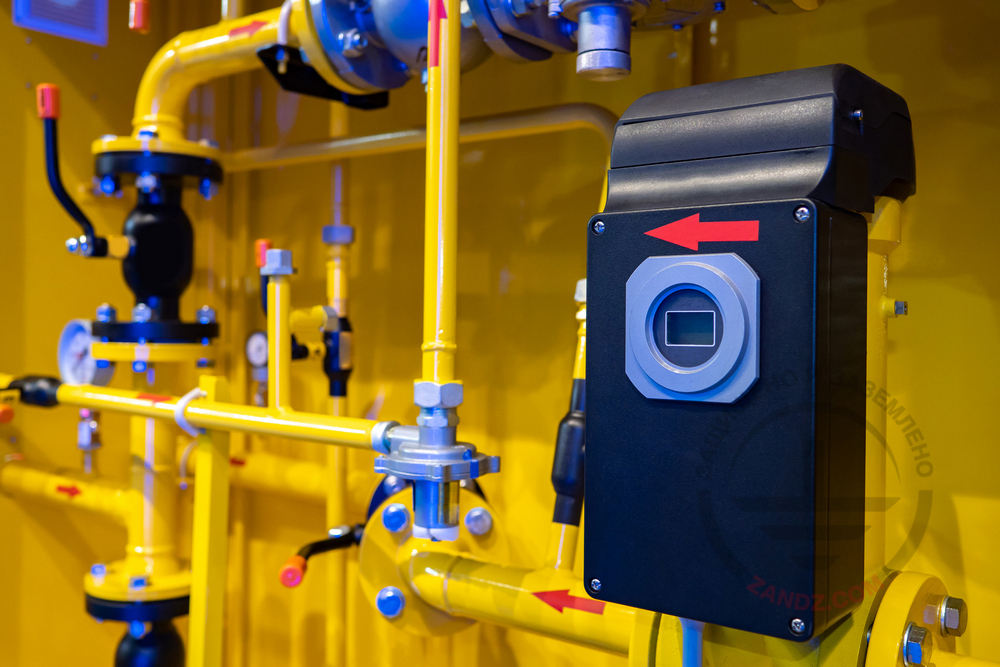Ufer grounding is a grounding method named after Herbert G. Ufer who worked as a consultant in the US Army during World War II.
The method was invented for the grounding of a bomb depot in the desert near the city of Tucson, Arizona, where there was no underground water and the rainfalls were scarce. The extremely dry soil would require hundreds of meters of copper rods to be buried in the soil to create a required grounding resistance.

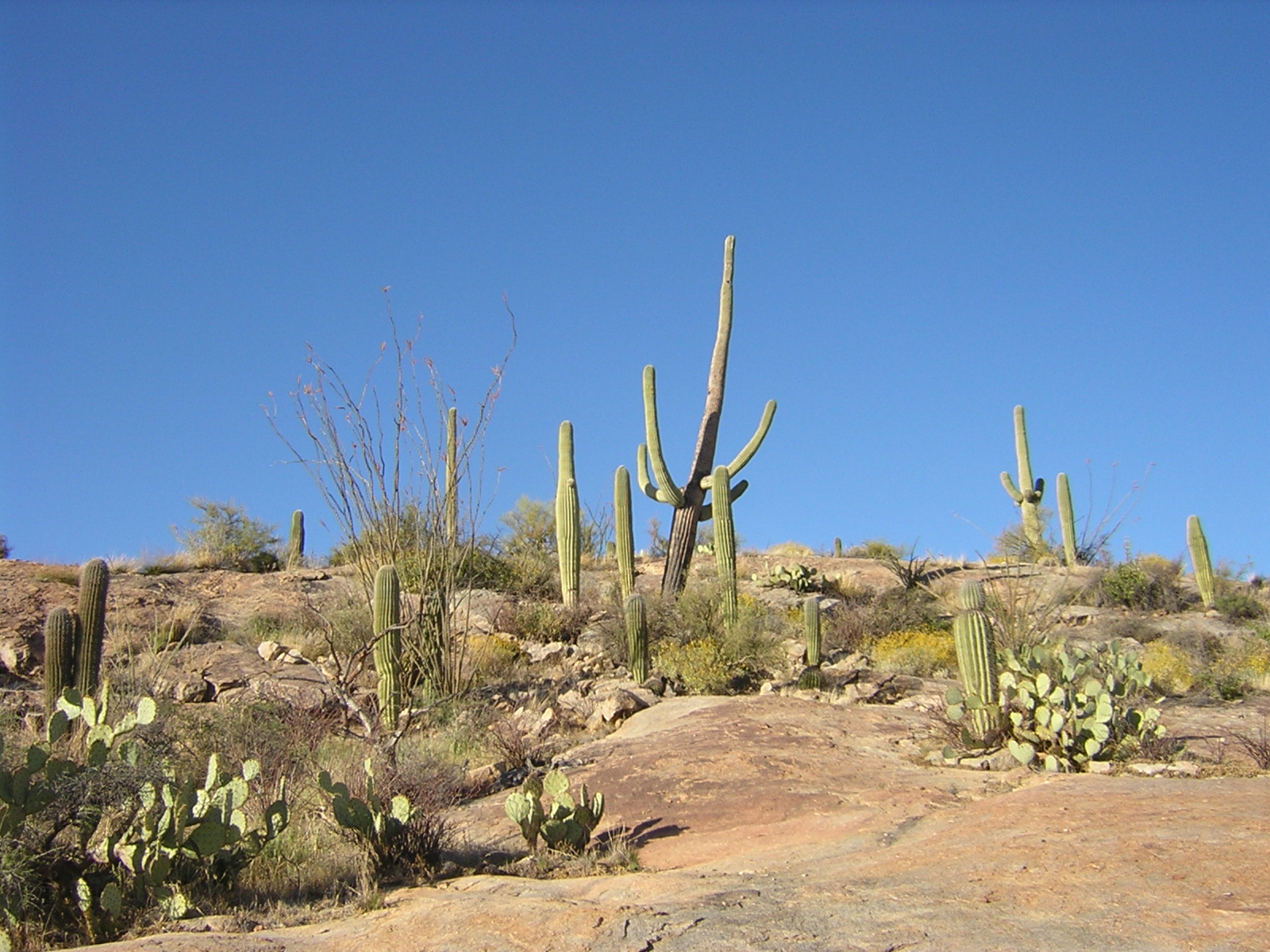
In 1942, Herbert Ufer was tasked to find a cheaper and more practical grounding method compared to the traditional ones.
Ufer discovered that concrete had a better conductivity than most types of soil and developed a grounding circuit based on copper ground electrodes enclosed in concrete. This method proved to be very effective and did not cost much. Therefore, it was implemented in the of bomb depot.
Concrete quickly absorbs moisture and loses it very slowly, so it manages to keep the ground resistance at a low level. Ufer also noticed that the soil surrounding the concrete housing had a lower resistance value than the one at a distance from the facility. It was related to the fact that concrete ionized the soil.
This method is used to the present day in grounding and lightning protection systems for private houses, radio and television towers, lighting poles, etc. Not only copper rods but also stainless steel rebars less susceptible to oxidation by the concrete environment than copper are used as the “enclosure” for concrete.
The durability and reliability of steel reinforcement bars in the concrete depend on the following:
- concrete composition and its acidity level
- concrete-to-soil contact area
- soil resistance and the presence of groundwater
- size and length of rebars
- lightning current
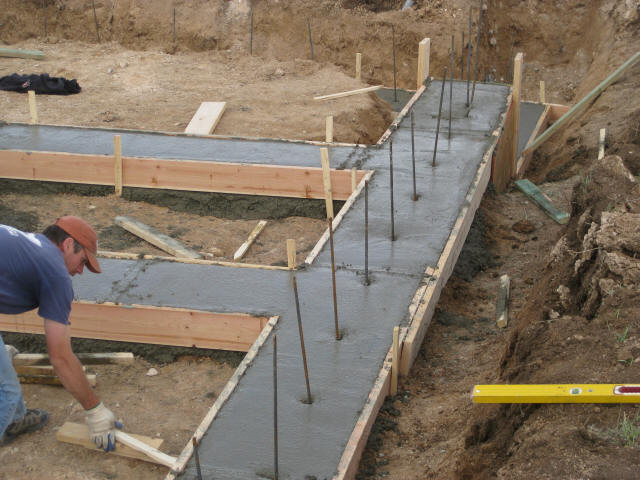
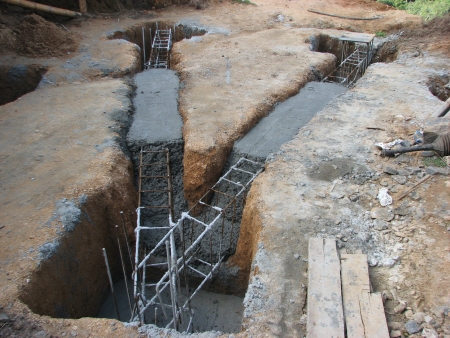
The disadvantage of Ufer's method is that the moisture in the concrete can destroy such a "foundation" in cases when the lightning current goes into this grounding.
After the war, Ufer continued to test his method and the results were published in a report made at the Technical Conference in 1963. The use of concrete in the grounding device has been included in the list of permitted methods in the US National Electrical Code (NEC).
Over the years, the term "Ufer ground" became synonymous with any type of grounding where concrete is used, regardless of whether it corresponds to the original Herbert Ufer's circuit or not.
For high resistivity soils (like permafrost, sandy, and rocky soils), electrolytic grounding is recommended, which is especially popular at facilities in the far north or in mountainous regions.
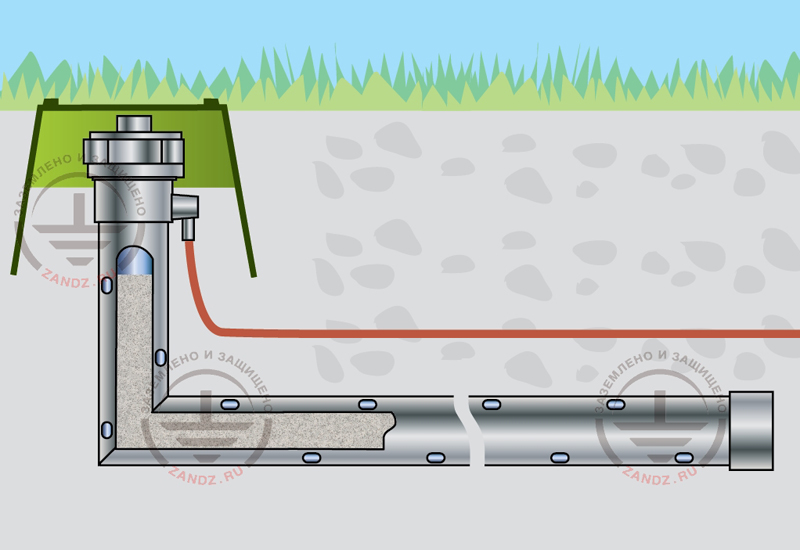
Related Articles:
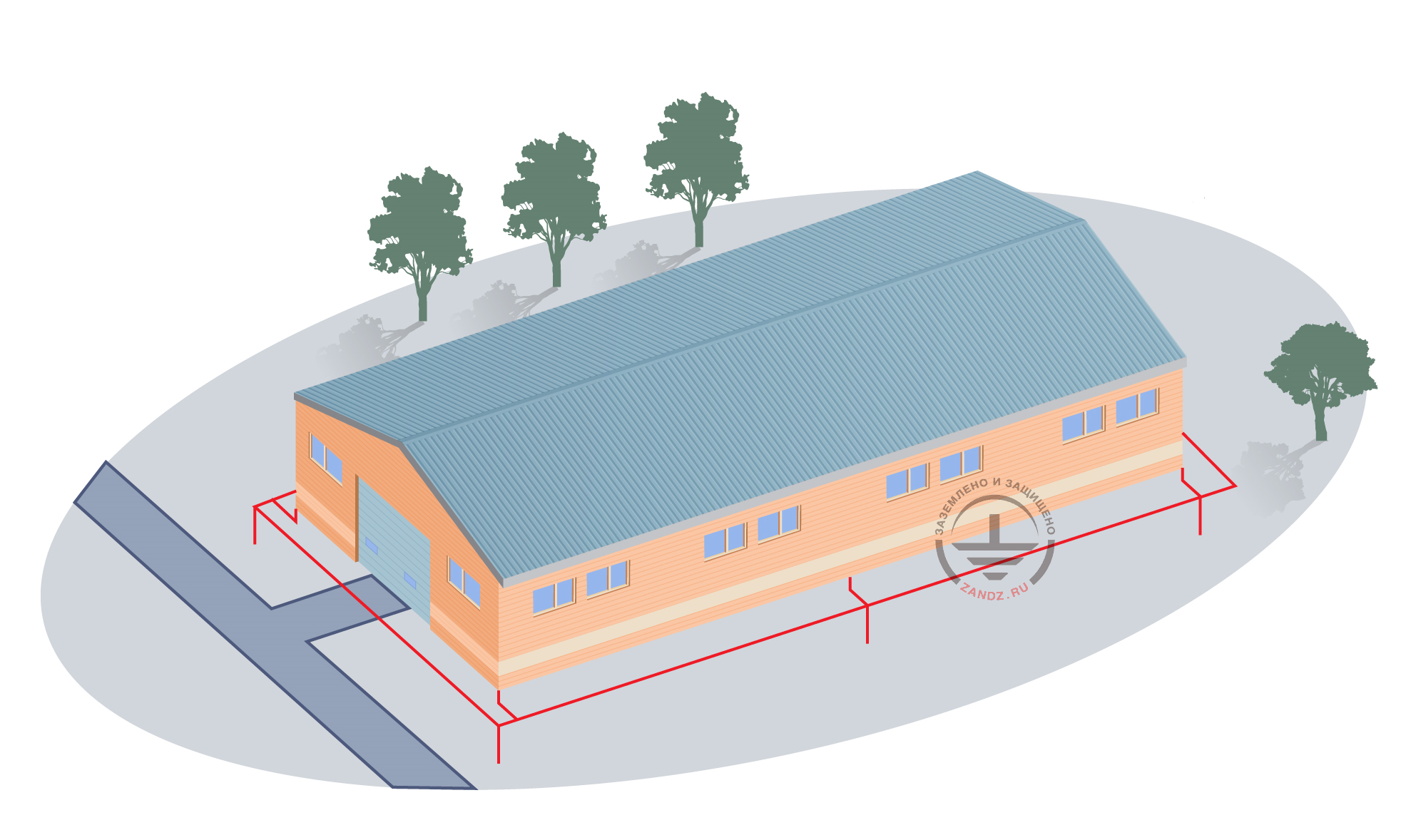
.png)
